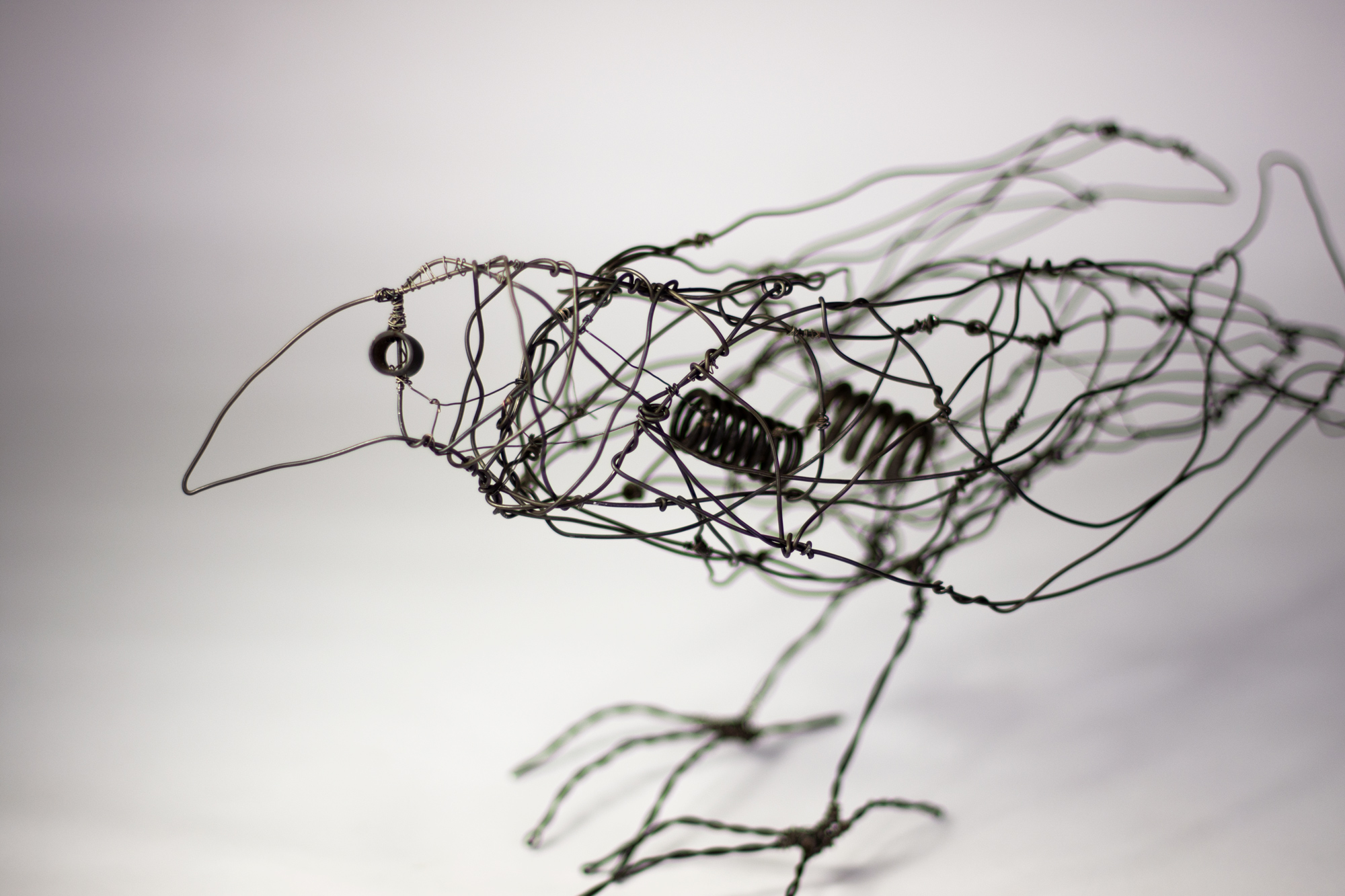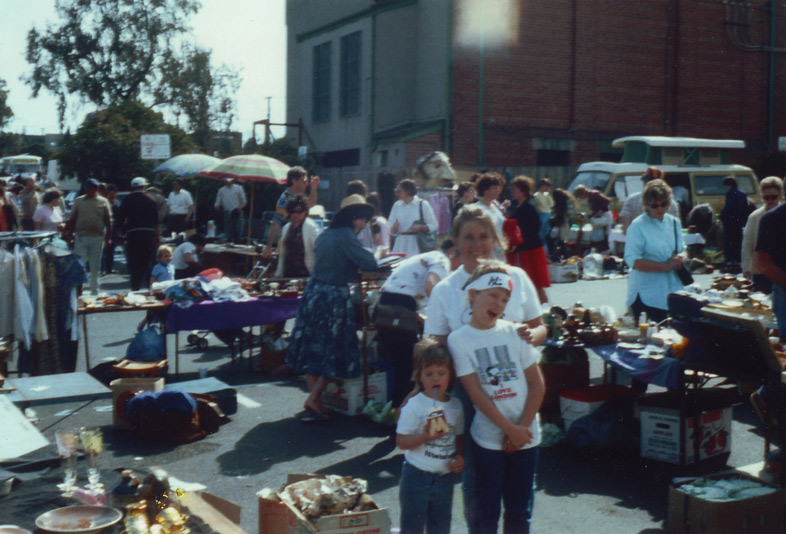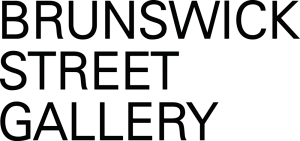Brunswick St Gallery 2019
STOCKROOM PROFILE

What medium do you use and why have you chosen them?
I use salvaged, reclaimed and repurposed materials. I’m passionate about sustainability and love saving things from going into landfill. There is something so satisfying about giving materials a second life and turning them into something beautiful. Old materials carry with them a history and a patina that enriches the finished work. It’s not possible to get the same effect from new materials.
In Wing [my 2019 exhibition], I have used red gum from old house stumps, many types of old tins, and salvaged wire. Many of my birds are made from military issue trip wire. There is a beautiful paradox in making an object of beauty that elicits joy out of a material designed for destruction and carnage.
What are the biggest influences on your work?
Growing up, some of the biggest artistic influences were the works of Bruce Armstrong, Louise Bourgeois, Robert Rauschenberg and Robert Klippel. All of them have a rough, heavy and raw sculptural aesthetic which really inspires me. Their use of material is very honest and direct.
My bird sculptures are deeply inspired by nature.
I love birds. I love looking for birds and watching birds. I love the incredible diversity within the bird species and I love the fact that they are present everywhere you ever go. No matter where you are in the world, you can always looks around and find birds. And when you take the time to really observe them, they have such interesting behaviours and habits.
In my work, I try to capture the sense of perpetual movement of birds. Some flutter and dash about, some swoop and dive, and others soar.
I use composition, stance, posture and materials to try to express the animation of these fascinating creatures.
How do you push past a creative block? How do you keep you creative juices flowing?
I usually find the best way to get past a creative block is to put down the thing you are struggling with and give yourself permission to work freely on another piece, without the restrictions of parameters, expectations or pursuit of perfection. It frees up the creative process and leads you to a new avenue or a solution to the problem. Often, the biggest frustrations come just before the biggest breakthroughs. I always have to remind myself of this when I am fed up with something creatively. I think routine is important to the creative process. When I am working on a project or an exhibition I spend time in the studio every day. I’m a night owl so I usually work in the evenings and into the wee hours. Even if I am not actively working on something, I find it very helpful to be in a creative environment, away from distractions, and take the time to think and plan and mull over ideas.distractions, and take the time to think and plan and mull over ideas.
Exposure to lots of different sources of inspiration is also important. I spend a lot of time looking at other artists online, reading widely, travelling, visiting museums, galleries and festivals, connecting with other creative and generally having a vast curiosity for the all things in the world. I do a lot of courses to learn new skills, from basketry, to bronze casting, to making automata. Every time I learn something new it sparks new ideas or contributes to the development of an existing idea. There is so much I would like to do and try and learn that there is not enough time in a lifetime.
How does where you grew up, or where you live now affect your art?
I grew up in the second-hand business. My mum was an antique dealer and I spent much of my childhood at auctions, garage sales, op shops, antique centres and flea markets. Spending time fossicking with my mum, wandering around vast and imposing antique centres and unpacking mysterious, dusty boxes from auctions gave me an appreciation for the inherent and aesthetic value of old things. I’ve spent most Sundays of my life at Camberwell Market. As a child I helped my mum selling antiques and collectables. Sometimes I would sell my old toys and then venture off to find something else to buy, often coming back with odd bits and pieces like rocks and sinkers or a fob watch that took my fancy. This experience fostered a deep and life-long love of hunting and collecting. I am a bowerbird for sure.
It was only natural that my habit of collecting and my love of old things, especially rusted and discarded objects, would spill over into my creative work.
I source most of my materials from flea markets, particularly Camberwell, as well as from op shops, antique shops, tips and the side of the road.

Tell us about your working environment/studio.
My studio is a small single garage at the back of my house. You’d be forgiven for thinking it was the dwelling of a hoarder. It is filled to the brim with old works of art, art materials, huge spools of wire, piles of rusty tins, mechano, clock parts, doll pieces, anvils, chisels, vices, lighting equipment, paper, twine, a small print press, and pretty much anything else you can think of. Being a multidisciplinary artist means you need a lot of different materials and equipment for all the different types of work you do. When I’m working on sculpture the space gets filled with woodchips and pieces of metal. If I am working on an animation project it gets set up as a studio, filled with lights and tripods and animation rostrums and rigs. I dream of a huge studio where I can spread out and have dedicated spaces for each different practice.
For me, it is a huge benefit to have my studio where I live. It is so convenient to be able to step out there whenever I feel like working on something. Even though its only a few metres away from my house, when I get into my studio I feel disconnected from the humdrum of the day-to-day. Just that small feeling of separation is enough to signal to my brain that it is time to settle down to creative work.
What’s next for you after your exhibition at Brunswick Street Gallery?
There are a few projects in the works. I am keen amalgamate my animation skills with my sculpture work to create some short stop-motion animations. I’ve also recently undertaken a course on making automata with the very talented David Archer. I’d love to further explore automata making.

